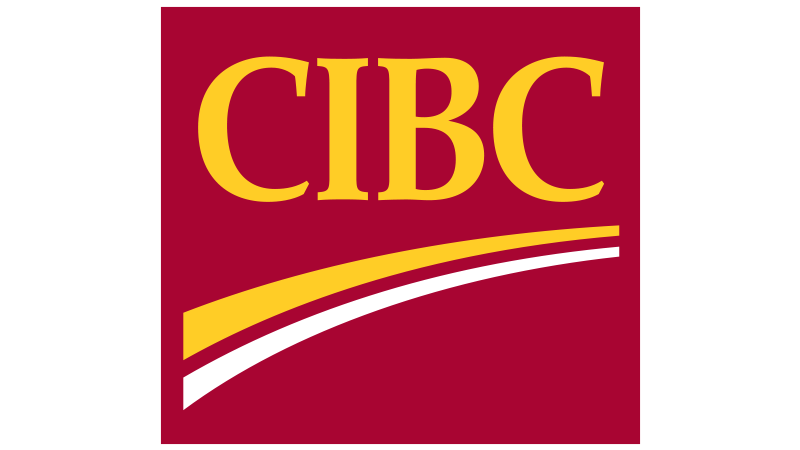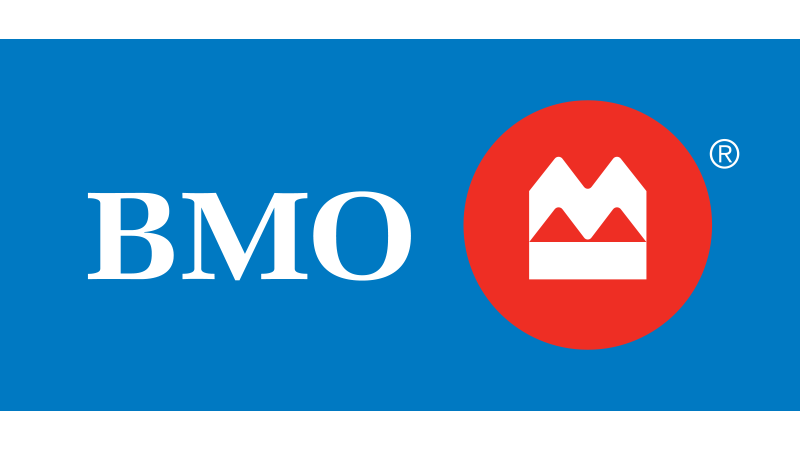Martech’s relationship with internal technology teams

Martech is still a relatively new field, but it is being recognized more often through formal allocation of martech as part of a team's mandate. In this post, I will explore what this means for those who are lucky enough to be rewarded with formal martech responsibility, particularly regarding how you may interact with internal technology teams.
The relationship between a martech team and a technology team is going to differ by organization of course, but I think there are some ways to approach the discussion that should work to deliver an effective operating model for most situations. The key principle you should be thinking about is how to develop a great partnership that drives your martech capabilities forward. Here are the five steps we recommend taking when defining how you work with your organization's technology team:
- Sit down and talk. It might seem like an obvious first step, but it's often hard to initiate because organization structures and titles can often discourage dialogue. Since martech is relatively new, its scope will have some fluidity according to your organization's needs. Add this to the fact that technology is an ever-evolving function, and you have an opportunity to define mandates in a way that works best for both of you, without being weighed down by titles or function definitions that may be antiquated.
- Agree on the non-negotiables first. I've been part of technology organizations and there are always some things that technology must have complete ownership of, for a multitude of reasons. Identify these, understand them and move on. Don't waste energy trying to agree that you need to have coding or support accountability for something that is mission critical to your enterprise. If there are some items in this bucket that you disagree on, then you should spend some time to understand them but in my experience most of these items are going to be very clear.
- Discuss your respective strengths and weaknesses. This can sometimes be a tough discussion but hopefully with appropriate framing and openness it can become very collaborative. My advice is to start with the natural purpose of both teams in your organizational context and work from there; do not make it about individuals on the team, as this needs to be an arrangement that survives personnel changes. Your agreed scope of accountabilities needs to be linked to the inherent purpose and strengths of each team.
- Document your agreement to ensure it is clear. Some people like to use the RACI (Responsible, Accountable, Consult, Inform) model, others might like to just write up some key accountability statements. Whatever your chosen method, it is good practice to document to ensure that everything is understood and can be easily referenced over time. Note, there may still be some areas of overlap or joint accountability. This is not ideal and is probably a consequence of not being granular enough in your activities but if these aren't too numerous, I wouldn’t be too concerned. You can always come back to these as your organizations mature.
- Schedule regular check-ins. Make sure you have regular follow ups where there is a focus on how your teams are working together. You should create an expectation that it is okay to revisit the original agreement so that things can change as required. This is also where you can monitor the areas where you couldn't make a clear accountability decision and refine this over time.
So how does this work in practice?
I take the position that a primary reason a martech team exists is to bridge between marketing's business requirements and technology requirements (and constraints) in such a way that both can be satisfied. For example: Marketing may ask for the ability to push some customer data out to partner platforms, and in my experience, asking to push customer data outside of your firewall is usually met with a flat out "No". However, when you explain the concept of lookalike audiences and the fact that it is a genuine business need AND you know enough about encryption solutions, you can usually reach an agreement with technology on a solution that also protects customer data. Without this "bridge" between the two fields, I have seen the discussion stymied by two seemingly incompatible requirements.
This translation role is more complicated than a normal business analyst function because of the external factors that heavily influence what needs to happen in martech. A good martech team doesn't just translate requirements from the broader marketing function but must also develop requirements independently in response to the fast-changing external environment that we operate in.
Below is an example of how accountabilities might be divided:
| Martech team | Technology team | |||
|
Keeping up with industry trends and understanding their impact on internal technology solutions (e.g privacy, ecosystem changes) |
Keeping up with technology trends and understanding their impact on internal technology solutions (e.g. security, cloud) |
|||
|
Developing the marketing capability roadmap |
Technical architecture and integration |
|||
|
Developing requirements for solutions |
Developing or choosing technical solutions (see below) |
|||
|
First level support of marketing users ("How to") |
Technical and operational support for platforms |
|||
|
Configuration or pseudo-code development |
Code development, all testing except user and business testing |
One last word: Choosing technology solutions
The biggest point of contention I have seen is over who gets to choose the technology solution. This is a complex question. The simple answer is technology; they must maintain the whole ecosystem and make sure it all works together. In reality, it has to be a partnership and your role as a martech person is to show how you can contribute.
In the end, it does come down to working out what is best for your situation but whatever the circumstances are, I encourage you to develop a close partnership with your internal technology team based on mutual respect of each other's roles and expertise. Your results will be better for it.
Author: Patrick McQuaid
Patrick McQuaid is VP, Marketing Technology, Analytics & Insights at TD Bank Group and a member of the CMA Martech Council.
















